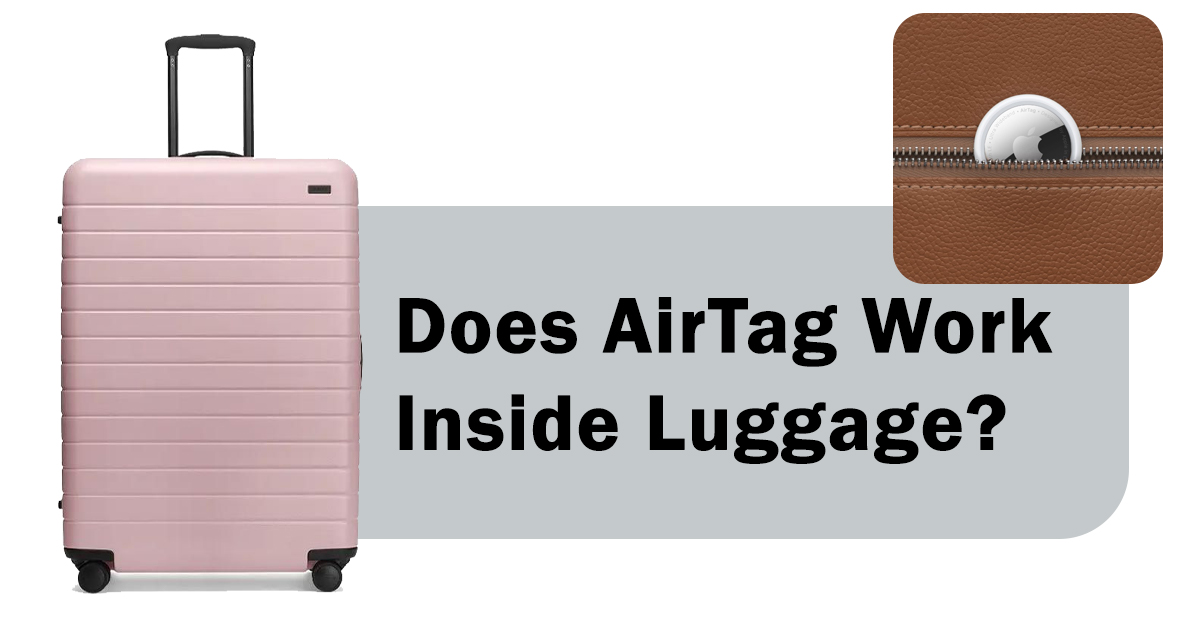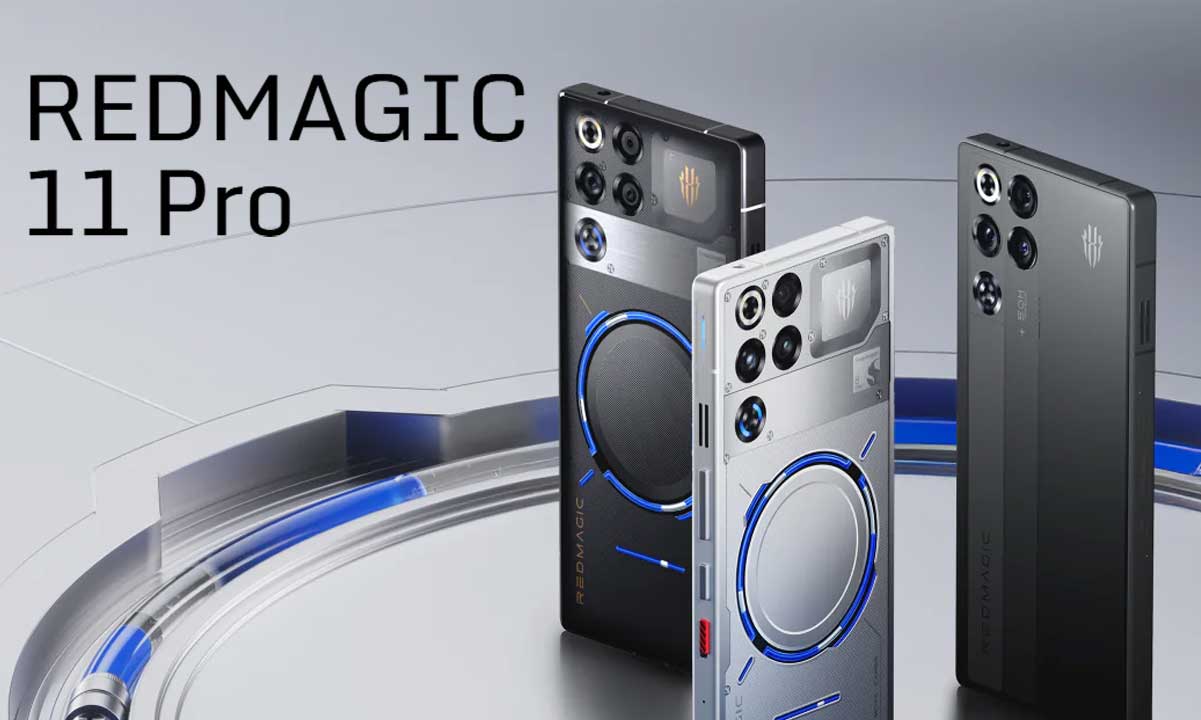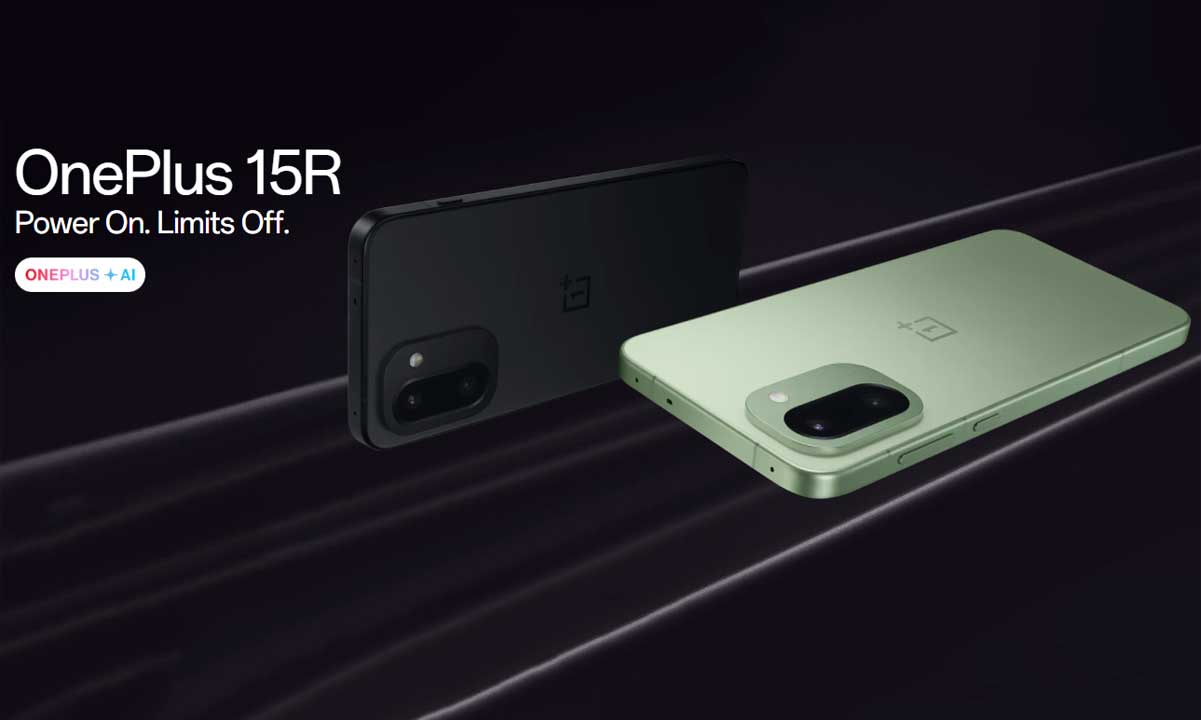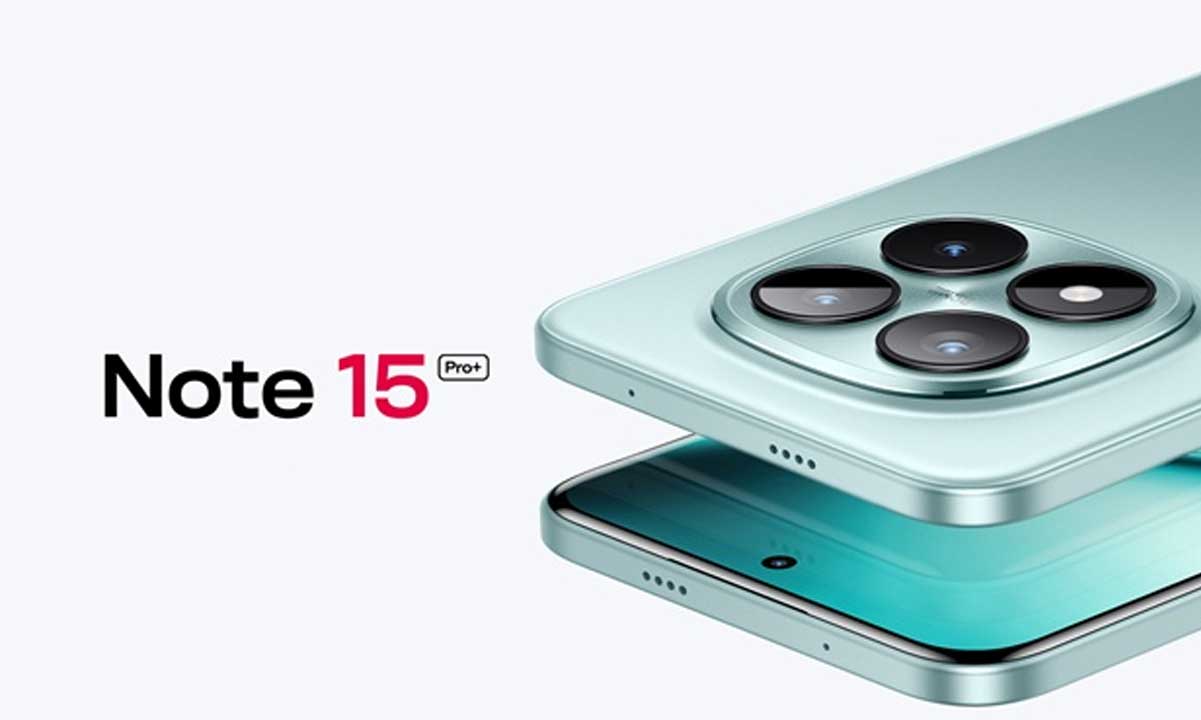Apple AirTag is an incredibly useful electronic device that allows you to track down your belongings, including keys, backpacks, and luggage, with ease.

Traveling with luggage can be a stressful experience, as the possibility of losing or having your belongings stolen is always present. This is especially true for air travelers, who may have concerns about the safety and whereabouts of their luggage during a trip. This is where Apple AirTags comes into play.
Apple AirTags lets you know exactly where your luggage is, using Bluetooth technology to connect nearby Apple devices.
Many users may wonder “does AirTag work inside luggage?” This is a very common question for many users. The answer is yes, the AirTag does work inside the luggage.
AirTag is able to send and receive Bluetooth signals even when it is enclosed within a suitcase, ensuring that you can always find your luggage wherever it may be. You can track your luggage’s location through Apple’s Find My app, even if it is obscured from view.
ALSO READ: Can You Share AirTag Location with Family Members and Others?
Is It Legal to Put AirTag Inside Your Luggage?
With the knowledge that the Apple AirTag can make it easy to track down your luggage or other belongings, many people may now wonder if it is legal to place the device inside their luggage. As an electronic device, it may be subject to certain regulations.
In early October 2022, German airline Lufthansa also banned the use of Apple AirTag in checked baggage due to international regulations for personal electronic devices, but later lifted the ban.
The Federal Aviation Administration (FAA) stated that AirTags are permitted in checked baggage. According to the FAA, tracking devices that contain 0.3 grams or less of lithium metal cells, like the Apple AirTag which has 0.1 grams of lithium, can be placed in checked baggage.
Should You Put an AirTag Inside Your Luggage?
To ensure its security, it’s best to put it inside your luggage. Placing your Apple AirTag outside of your luggage may be risky as it can accidentally be separated from it during airport baggage handling.
The AirTag’s small size and durability make it perfect for travel, and it can be placed discreetly inside your luggage, so you can have peace of mind knowing that you can always locate it.
Additionally, placing the AirTags inside the luggage not only ensures their safekeeping but also keeps them hidden from potential thieves. The functionality of AirTags is also not affected when placed inside luggage, so there are no downsides in terms of its performance.
AirTags Outside or Inside Luggage?
The Apple AirTags do not have built-in holes or attachments for lanyards or other accessories. However, Apple offers a variety of accessories that can be purchased separately to enhance the AirTag’s functionality and appearance. These accessories include loops, key rings, and cases.
While these accessories allow for more elegant and convenient ways to keep the AirTags outside of luggage, it also increases the risk of accidental removal or theft. During rough handling or travel, the AirTags may easily detach from the accessory and become lost. Additionally, placing the AirTags outside the luggage also increases the risk of theft as the device is more visible and accessible.
Given these risks, it is generally recommended to keep the Apple AirTags inside the luggage for safety reasons. However, purchasing accessories for the AirTag can be beneficial for other purposes such as attaching the device to a keychain or purse.
How to Use AirTags to Track Your Luggage?
When considering the purchase of an AirTag, it’s important to keep in mind that this tracking device is designed specifically for use with Apple devices, such as the iPhone. If you’re an Android user, you may want to explore other options on the market, such as those offered by Tile, which offer similar functionality on iOS and Android devices.

AirTag is fully integrated with the Apple ecosystem, it can be located with the “Find My” feature and can be used with Apple’s virtual assistant Siri. While Tile does have a mobile app and can be located by other Tile users but it doesn’t have the same level of integration. Therefore, if you have an iPhone, it’s best to get the AirTag instead of Tile or any other tracking device.
The AirTags come with a feature called Precision Finding. The Precision Finding feature can pinpoint the location of an AirTag if it is nearby with great accuracy, using Ultra Wideband technology.
However, it’s worth noting that this technology is not supported in all countries and regions, so it may not be available to everyone. Additionally, only iPhone 11 and later models with iOS 14.5 or higher are compatible with the Precision Finding feature.
Connecting AirTag with your iPhone
After purchasing the AirTag, you need to pair it with your iPhone.
Make sure two-factor authentication is turned on and that Find My and Bluetooth are both enabled. Also, ensure that your iPhone is connected to the internet via Wi-Fi or cellular data.
To begin, activate the AirTag by removing the battery tab and hearing the welcome sound. Bring the AirTag close to your iPhone, a setup prompt will appear on the screen.
Follow the on-screen steps to give it a name and finish setting it up. Once the setup is complete, put the AirTag inside your luggage.

Locating Your Luggage
You can use the Find My app to locate your luggage. It is worth noting that AirTags do not share their location in real-time. It only updates its most recent location every few minutes, and only if other Apple devices are nearby because it uses Apple’s Find My network.
Open the Find My app, tap on the Items tab, and look for your AirTag on the map. You will see the time and place of its last known location in the items list at the bottom of the screen.
Tap an item from the list to take a closer look. If you suspect your luggage is nearby but you can’t locate it, tap on the Play Sound button to hear a chime from your AirTag.
If you’re using an iPhone with Ultra Wideband — any iPhone 11 model or later — and if AirTag is within Bluetooth range, you’ll see a button that says Find. Otherwise, you will see a Direction button, which will open Maps to lead you to the last known location of your luggage.

Tap Find to get help finding your luggage’s precise location. Then, move your iPhone around your space a bit. Once your iPhone connects to the AirTag, an arrow will appear on the screen, pointing you in the right direction, and showing the approximate distance. Once you’ve found it, tap the X to go back.
If you’re still unable to track down your luggage, you can put it in Lost Mode using the Find My app to get help recovering it. Just swipe up on the handle, then look for Lost Mode and tap Enable.
With Lost Mode turned on, you will receive a notification the next time your AirTag is in range of your iPhone or its location has been updated by the Find My network. Your AirTag will stay associated with your Apple ID unless you unpair it yourself.
If someone finds your luggage in Lost Mode, they can tap on the AirTag with an iPhone or any NFC-capable device to see your contact information.
To finish setting up Lost Mode, tap Continue and follow the on-screen steps. With these steps, you can use AirTag to easily track and locate your luggage.
How Does AirTag Work?
AirTags are equipped with an Apple U1 chip, a chip designed by Apple that utilizes ultra-wideband technology. Ultra-wideband is a radio technology that enables precise location tracking by transferring data over a high frequency at short distances.
This allows iPhone 11 and later models, which all support ultra-wideband technology, to precisely locate the AirTag with Precision Finding. When the AirTag is in range, Precision Finding can accurately determine its distance and direction.
Precision Finding in iPhone combines data from the camera, ARKit, accelerometer, and gyroscope as the user moves, and then uses a combination of sound, haptics, and visual feedback to guide them to AirTag.

Precision Finding may be accurate but it is limited in range. In the event that an AirTag gets separated from its owner and is out of Bluetooth range, it makes use of Apple’s Find My network to track it down.
Find My network is an encrypted, anonymous network of hundreds of millions of Apple devices that helps Apple users locate their devices.
The AirTag sends out a secure Bluetooth signal that can be picked up by nearby devices in the Find My network. These devices will then anonymously send the location of the AirTag to iCloud, and the owner can track it on a map using the Find My app.
When an AirTag is set to Lost Mode, the owner will receive notifications when it is within range or has been located by the Find My network. If a lost AirTag is found by someone, they can tap it with an iPhone or any other device that has NFC capabilities, and they will be directed to a website that displays the owner’s contact phone number (if provided).
Additionally, the AirTag also supports accessibility features of iOS, including VoiceOver for Precision Finding.

How Secure is Your Location Data in AirTag?
Apple says the AirTag is designed to keep location data private and secure. AirTag does not store any location data or history on the device itself.
The communication between AirTag and the Find My network is end-to-end encrypted, ensuring that only the device owner has access to its location data. Furthermore, no one, including Apple, has knowledge of the identity or location of any device that helped find it.
AirTag Unwanted Tracking
AirTags can be used for many helpful purposes, but some bad actors may misuse them by placing them in your luggage or attaching them to your belongings for the purpose of tracking your movements.
Apple has given thought to this as well. AirTag is designed with a set of proactive features that discourages unwanted tracking. iOS devices can detect if an AirTag is not with its owner, and alert the user if an unknown AirTag is seen to be moving along with them.
The Find My app can also display a map of where the AirTag has been detected with you.
If you get an alert that an AirTag is traveling with you, you can play sound on it by tapping the alert and tapping “Continue”. You can play the sound again if you need additional time to locate the device.
If you have an iPhone model that supports Ultra Wideband, you can also tap “Find Nearby” to use Precision Finding to help you in finding the unknown AirTag.

If the user doesn’t have an iOS device, an AirTag that has been separated from its owner for a prolonged period will emit a sound when it is moved, to draw attention to it.
In case a user comes across an unknown AirTag, they can tap it with their iPhone or any other NFC-capable device and follow the on-screen instructions to disable it. Or, if the AirTag is marked as lost, you can help in returning it to its owner.
Does Apple’s Precision Finding Work Internationally?
Precision Finding works in Apple devices equipped with the Apple-designed Ultra Wideband chip. Ultra Wideband is available on iPhone 11, iPhone 12, iPhone 13, iPhone 14, and later models.
Precision Finding is not available in countries and regions where Ultra Wideband technology is restricted. As of writing this, Ultra Wideband is not available in these countries or regions:
- Armenia
- Azerbaijan
- Belarus
- Indonesia
- Kazakhstan
- Kyrgyzstan
- Nepal
- Russia
- Tajikistan
- Turkmenistan
- Ukraine
- Uzbekistan
Does AirTag Work with Android?
No, AirTag does not work with Android devices. AirTags utilizes Apple’s Find My network and U1 chip for communication, meaning only Apple devices can use AirTags to track personal items.
However, for security reasons, Apple has released an Android app called “Tracker Detect” on the Google Play Store. If you are an Android user and suspect that someone is using an AirTag or another Apple device to track your location, you can use the Tracker Detect app to scan for it.
AirTags Alternatives for Android
Apple AirTags are specifically designed to be used with Apple devices. However, there are alternative options available if you own an Android device. Tile Trackers are high-quality Bluetooth trackers that are compatible with both Android and iPhones. Samsung device owners can also use Samsung Galaxy SmartTag, which functions similarly to AirTags but is designed for use with Samsung devices.
Tile Trackers
Tile has been in the market of Bluetooth trackers for a long time. The company offers different types of trackers to suit the various needs of both Android and iOS users. The Tile Mate is a small and basic tracker, while the Tile Pro is a premium option that has a longer range and a louder speaker.

Additionally, the Tile Slim is a long-range, water-resistant, credit-card-shaped tracker that is designed to fit easily in any wallet or purse and can even be adhered to a flat surface. Another option is the Tile Sticker, which is a tiny Bluetooth tracker that can be attached to remotes, laptops, sunglasses cases, or any other item you want to track.
Samsung Galaxy SmartTag and SmartTag Plus
Samsung Galaxy SmartTag and SmartTag Plus are trackers developed by Samsung that are only compatible with Samsung smartphones. Similar to Apple’s Find My network, it utilizes Samsung’s Galaxy Find network.

The SmartTag Plus are equipped with Bluetooth Low Energy (BLE) and ultra-wideband technology, as well as augmented reality (AR) technology to visually guide users to the location of their missing item using their smartphone’s camera.
Apple AirTag Products to Track Luggage

Apple AirTags do not come with any kind of holder. So, if you want to attach the tracker elegantly to anything, you will need some accessories. There are a lot of accessories for Apple AirTags. Some of the most popular accessories are:
Apple AirTag Leather Key Ring

It is a product of Apple, which costs $35. It is made up of stainless steel and European leather. This is designed to fit snugly over AirTag.
Belkin Apple AirTag Secure Holder with Key Ring

Belkin’s Secure Holder case has a twist-and-lock design that keeps the AirTag safely inside the holder. It is available in four colors: black, white, blue, and pink. You can get it for $12.99.
Buy Belkin AirTag Secure Holder
Belkin AirTag Case with Wire Cable

This is Belkin’s other AirTag case with Allen key locking system. It has a wire cable providing an attachment to your belongings. It is available in black and white color and comes with a 2-year warranty. It costs $19.99.
Buy Belking AirTag Case with Wire Cable
Pelican Protector AirTag Sticker Mount Case

It is a 2-piece adhesive AirTag case that securely holds the Apple AirTag in place. It can be used to stick AirTag onto an object. It costs $19.99.
Buy Pelican Protector AirTag Sticker Mount Case
Apple AirTag Loop

Designed by Apple, it is a loop for AirTag that lets you attach your AirTag to your personal items. It is made up of polyurethane and costs $29.
-
REDMAGIC 11 Pro, The World’s First Liquid-Cooled Phone, Expected to Launch in NepalHIGHLIGHTS The REDMAGIC 11 Pro price in Nepal could be Rs. 1,15,999 (12/256GB). Qualcomm’s new…
-
OnePlus 15R Coming to Nepal Soon: Flagship Killer Gets Flagship Price?HIGHLIGHTS The OnePlus 15R price in Nepal could be Rs. 89,999 (12/256GB). The phone is…
-
Redmi Note 15 Pro+ Coming Soon in Nepal: Can It Redeem the Pro+ Lineup?HIGHLIGHTS The Redmi Note 15 Pro+ price in Nepal is expected to start at Rs.…














